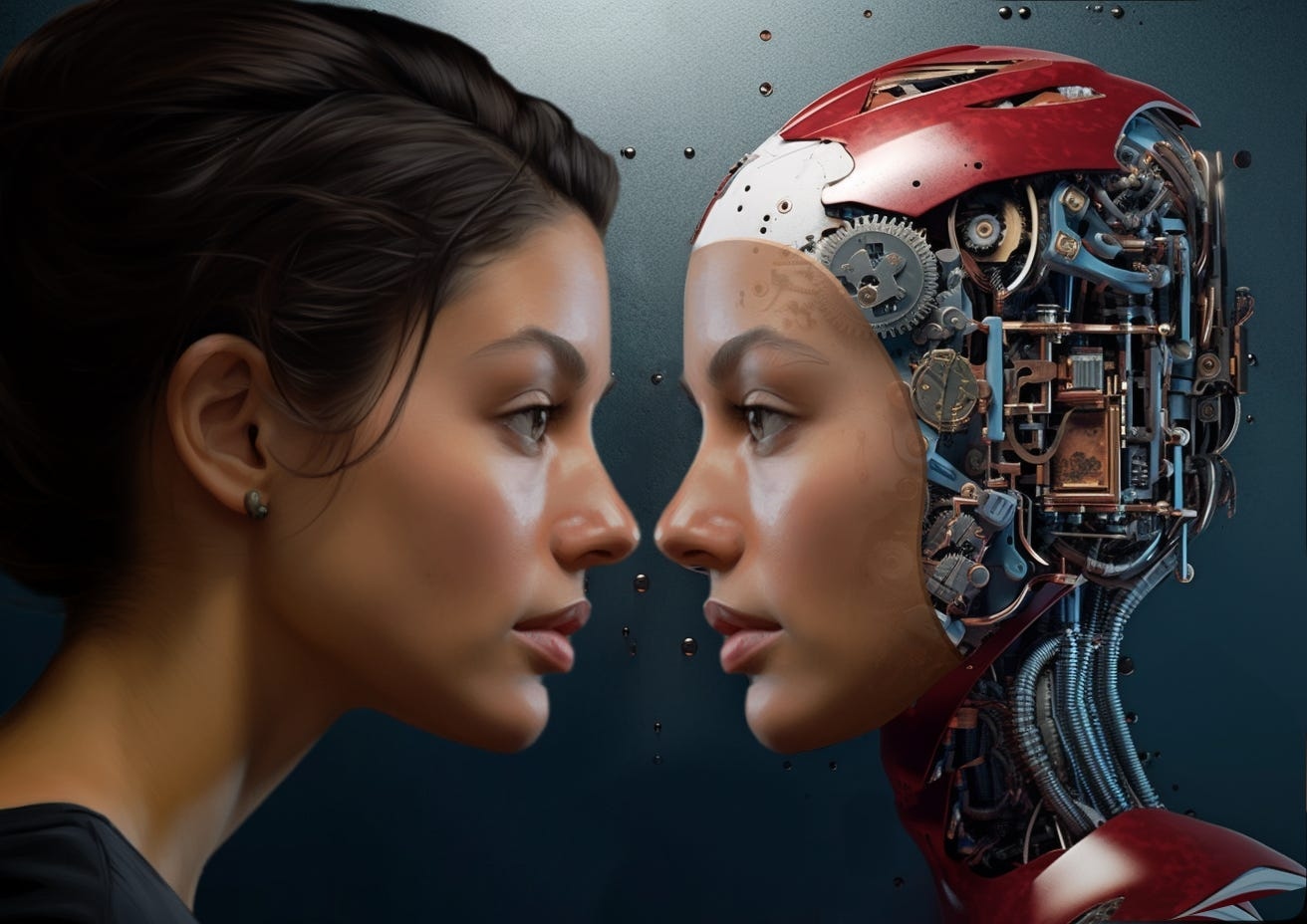Comments
- No comments found

Artificial intelligence has brought numerous benefits to society, from automating mundane tasks to enhancing decision-making processes.
Recent AI advancements, though, present new challenges and concerns. One such phenomenon that has gained attention recently is the rise of AI doppelgangers. These AI-generated look-alikes can be created without an individual's consent, raising questions about privacy, security, and the ethical implications of such technology.
AI doppelgangers are realistic digital replicas of individuals created using artificial intelligence. These replicas can mimic a person's appearance, voice, and even behavior with remarkable accuracy. The technology behind AI doppelgangers leverages deep learning algorithms and vast datasets of images, videos, and audio recordings to create convincing digital representations. As technology improves, these AI doppelgangers are becoming increasingly indistinguishable from the real people they are based on.

The emergence of AI doppelgangers brings several significant problems and challenges. One of the primary concerns is the issue of consent. According to this blog post, AI-generated look-alikes can be created without an individual's knowledge or permission. This unauthorized use of someone's likeness can lead to various forms of exploitation, including identity theft, misinformation, and deepfake pornography.
Another major challenge is the potential for misuse in criminal activities. AI doppelgangers can be used to deceive individuals and organizations, leading to financial fraud, security breaches, and social engineering attacks. For instance, criminals could use AI-generated voices to impersonate a victim and gain access to sensitive information.
Furthermore, the existence of AI doppelgangers raises ethical questions about the boundaries of personal privacy and the ownership of one's digital identity. As AI technology continues to advance, it becomes crucial to establish clear regulations and guidelines to protect individuals from the misuse of their digital likenesses.

In order to safeguard against the risks associated with AI doppelgangers, it is essential to take proactive measures to protect your digital identity. Here are some practical steps to consider:
Limit the amount of personal information you share online. Be cautious about the photos, videos, and other content you post on social media platforms, as these can be used to create AI doppelgangers.
Utilize the advanced privacy settings available on social media and other online accounts to restrict access to your personal information. Ensure that only trusted individuals can view your content.
Regularly search for your name and images online to check if any unauthorized AI-generated content exists. Set up alerts to notify you of any new instances where your likeness is used.
Stay informed about the latest developments in AI technology and the potential risks associated with AI doppelgangers. Understanding how the technology works can help you better protect yourself.
Support initiatives and policies aimed at regulating the use of AI and protecting individual privacy rights. Advocate for legal frameworks that require consent before creating and using AI doppelgangers.
The phenomenon of AI doppelgangers is a testament to the incredible capabilities of modern artificial intelligence. However, it also highlights the need for vigilance and proactive measures to protect our digital identities. By understanding the risks and taking appropriate steps, we can mitigate the potential dangers associated with AI-generated look-alikes and ensure that our digital presence remains secure. As AI technology continues to evolve, it is imperative that we balance innovation with ethical considerations and robust privacy protections.
Leave your comments
Post comment as a guest